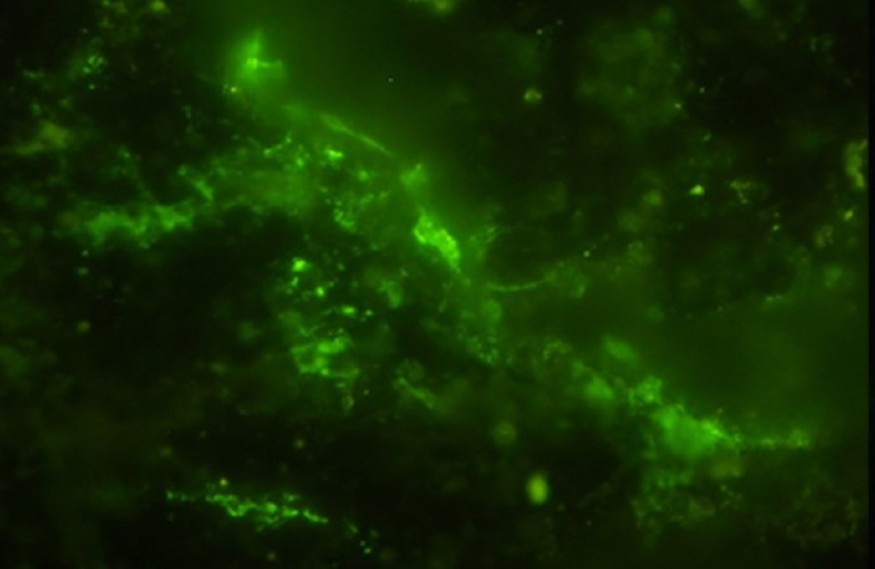
Scientists have made an amazing discovery deep underground in South Africa. They found tiny living creatures called microbes in a rock that is estimated to be 2 billion years old!
This rock was found almost 50 feet below the surface in a special place called the Bushveld Igneous Complex. This finding is very exciting because it shows the oldest known living microbes found in such extreme conditions, much older than any other microbes found before.
Scientists Discover Microbes in 2-Billion-Year-Old Rock
The research team is from the University of Tokyo, and they published their findings on October 2 in a science journal called Microbial Ecology.
The leader of the team, Yohey Suzuki, said, "We didn't know if 2-billion-year-old rocks were habitable. Until now, the oldest geological layer in which living microorganisms had been found was a 100-million-year-old deposit beneath the ocean floor, so this is a very exciting discovery."
The rock sample they discovered was about 1 foot long and came from an area known for having a lot of valuable minerals, like platinum. This area, the Bushveld Igneous Complex, is very large-about the size of Ireland.
It was formed when hot magma (melted rock) cooled down slowly underground. Because the rocks have stayed mostly the same for billions of years, they created safe little spaces, or cracks, where microbes could live and thrive.
To make sure that the microbes they found were really from the old rock and not just something that got mixed in later, the scientists used some special tools to study them. They used three different methods called electron microscopy, fluorescent microscopy, and infrared spectroscopy to look closely at the microbes' DNA and proteins.
By using these methods, they were able to show that the microbes were alive and that they had lived in that rock for a very long time.
How Ancient Microbes Help Us Learn About Life
Microbes are tiny organisms, so small that you need a microscope to see them. They can live in really tough places, like hot springs or deep in the ocean. Finding these ancient microbes helps scientists understand how life can exist even in extreme conditions.
The researchers hope that by studying these ancient microbes, they can learn more about how life began on Earth and how it evolved over time. They are also curious to see if this can help them find signs of life on other planets, like Mars. NASA's Mars rover Perseverance is currently collecting rock samples that might be similar to the ones studied in this research.
The Bushveld Igneous Complex is important not only because of the microbes but also because it has a lot of valuable minerals. According to Science Daily, about 70% of the world's platinum is mined from this area. The stable conditions of this geological formation helped the microbes live for billions of years without much change.
© 2025 ScienceTimes.com All rights reserved. Do not reproduce without permission. The window to the world of Science Times.












